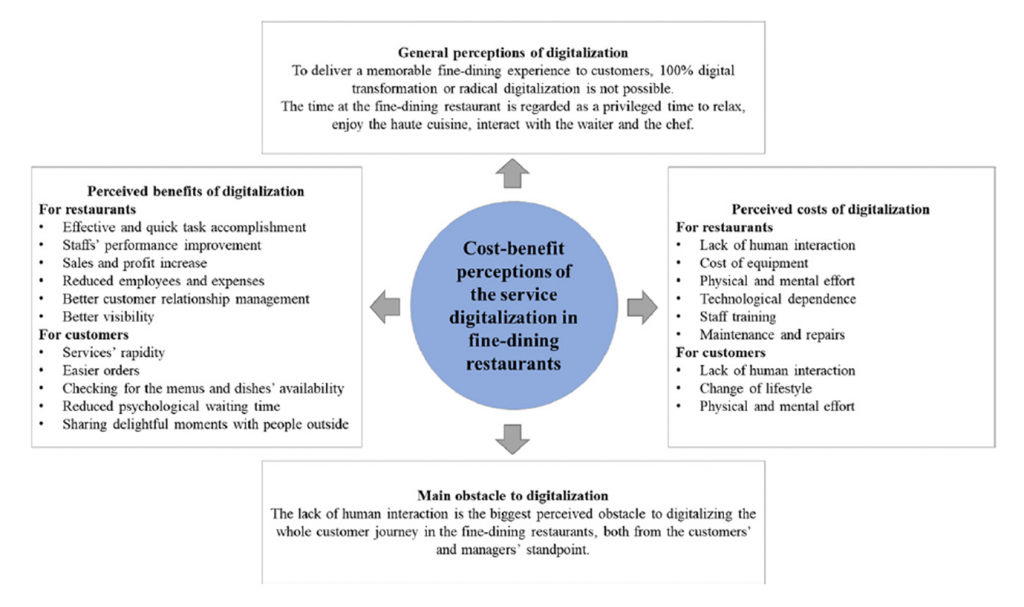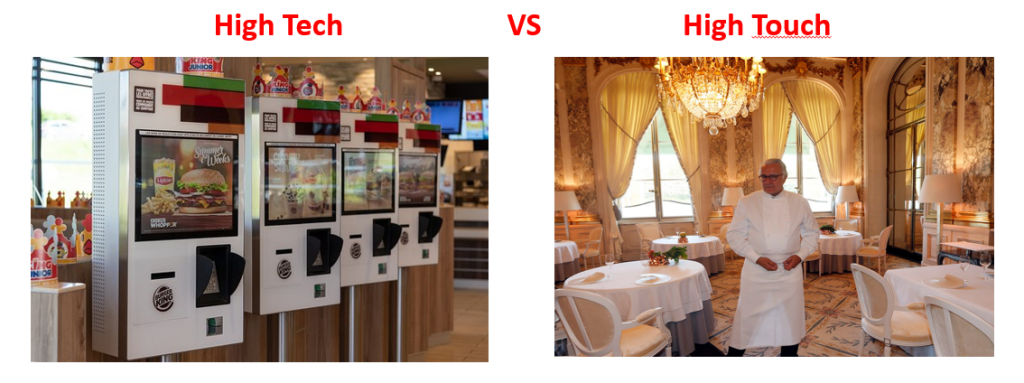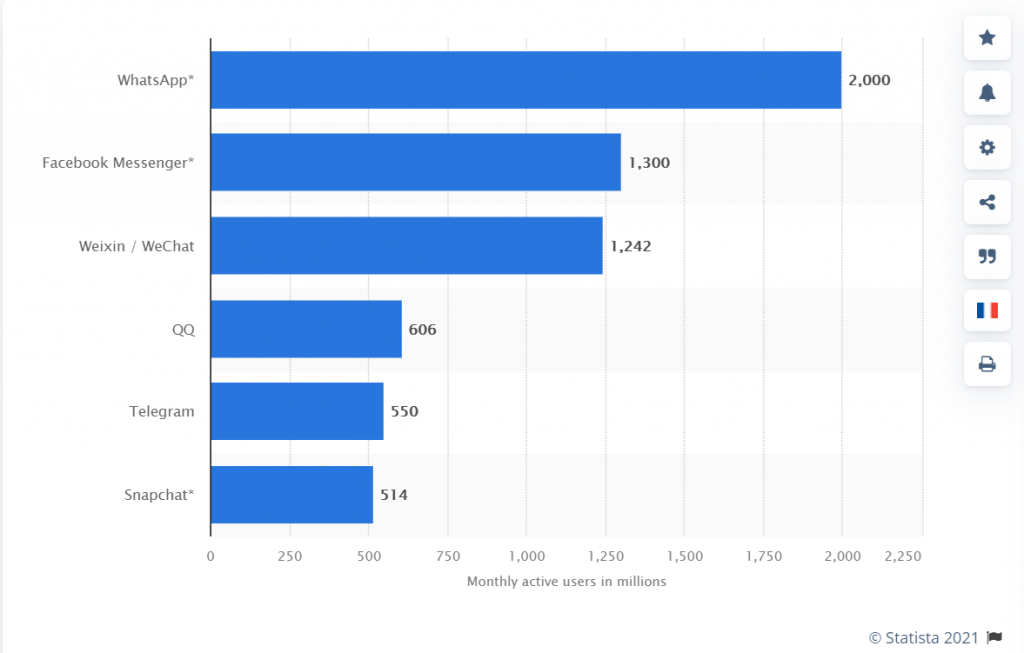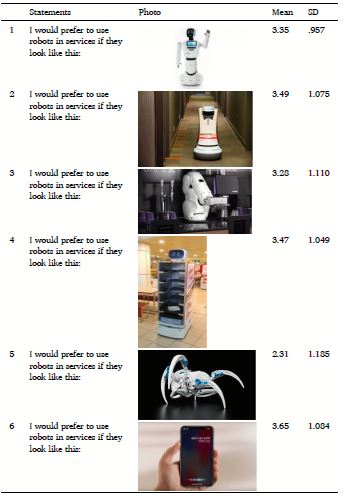Marketing and retailing will be impacted across three key areas due to new and contemporary advancements in technology. The future of marketing and retailing will transform dramatically as a result. These three areas of change or ‘pillars of change’ include:
- Marketing and competitor intelligence
- Customer assistance
- In-store social interactions
1. Marketing and competitor intelligence
Marketing and competitor intelligence aims to have a good understanding of consumers and their consuming behaviors, better than their competitors, in order to gain a competitive advantage. In digital marketing, companies gain a competitive edge by having a vast insight into competitors’ digital marketing and social media strategies, etc.
Consumer-generated content helps in marketing strategy decisions. Consumer ratings, reviews, videos, and images can be used to get a clearer picture of the competitor’s situation and what decisions to make. Additionally, social network data provides a wealth of data collected from social media revealing how consumers respond to a company’s brand, product, or service, i.e. liking, sharing, or commenting on social media platforms. It shows consumers’ interest in the company’s brand/product/service and informs the company of the progress of their competitor. The likes of Google Cloud and Microsoft Azure (external service providers) offer big data analytic services to gain consumer insights.
Consumer-generated content was done traditionally by conducting surveys with small sample size. Results from that small sample were intended to be an accurate representation of the general public. Nowadays, more accurate representations are extracted from consumers through Facebook, Instagram, Twitter, etc. this way getting mass consumer-generated data.
‘Twitter monitoring’ helps marketers in understanding their consumers e.g. over 18,000 tweets can be collected (coronavirus-related) and analyzed using text-mining software to generate a map that showed what people were tweeting/talking about and certain feelings that were expressed (i.e. sadness and fear) towards a situation/event (coronavirus pandemic). It is more common for people to openly express feelings through social media platforms.
Image and video analysis is another development in AI which scans images and videos uploaded by consumers or competitors on social media. This helps companies in choosing appropriate marketing strategies and understanding the competitor better. Image recognition software is a type of machine vision that can identify objects, people, places, actions, and writing/text from image scanning. Tools like eye-tracking capture facial expressions, eye movement, electrodermal activity, etc from videos in order to retrieve more data based on consumer behavior (e.g. iMotions software to carry out human behavior research).
2. Customer Assistance
Automation, self-servicing, AR and VR, robotic technologies, and rational technologies (i.e. AI) are new technologies with the ability to improve efficiency, adequately fulfill customer satisfaction and easily assist and interact with consumers. These technologies give companies competitive edges over their competitors as every company is trying to be the most efficient.
Virtual agents or virtual assistants (e.g. chat-bots) are being integrated into more organizations as it provides consumers with real-life interactive experiences by mimicking human conversations and languages. Some luxury retailers have started using chatbots – Ted Baker’s ‘Seemore’ and Victoria Beckham’s Messenger Experience’ – via Facebook providing help or inspiration to customers. Also, Maynooth University’s Dr Rajibul Hasan uses a Smart bot to easily interact and assist with students who have queries.
Similarly, voice-assisted AI like Siri and Alexa makes customer interaction as realistic to human interactions as possible (e.g. shop online from Amazon using Alexa, check the weather with Siri, Siri reading out messages or emails while you are driving, etc). Augmented reality (AR) and virtual reality (VR) are other technologies that are becoming more prevalent in marketing and offer value to customers. AR lets consumers experience the real world which has been digitally rendered or augmented (e.g. AR-enabled on iPhone camera, wearables and smart glasses, AR headsets). Contrastingly, VR provides the consumer with a completely immersive and simulated 3-D experience that shuts out the physical real world (e.g. virtual 360-degree tours of college campuses from faraway, architects or design professionals’ 3-D drawings of buildings/houses prior to any changes, Coca Cola’s ‘sleigh ride’ VR experience, Marriot ‘Teleporter’ VR experience, and Michelle Obama ‘the Verge VR video’).
3. In-store social interaction
Social media sites (e.g. Facebook or Pinterest) are interfering with in-store shopping experiences by offering more information on products and how to use products etc (e.g. Elverys providing click and collect option post-lockdown ). Studies found that young people actively use social networks instore which support and empower the shopping experience, guide the purchasing decision, and also shift relationships from consumer-to-employee toward consumer-to-consumer. As a result, retailers embed social media in-store as much as possible to enhance consumers’ shopping experience. Therefore creating a good store and retailer reputation and having a loyal customer base, often through positive word-of-mouth or having a strong social media presence.
jacktoto jacktoto jacktoto jacktoto jacktoto jacktoto jacktoto jacktoto jacktoto link toto togel toto togel jacktoto situs toto situs toto situs toto jacktoto situs toto jacktoto jacktoto jacktoto jacktoto jacktoto jacktoto jacktoto situs togel jacktoto jacktoto jacktoto toto slot situs toto situs toto jacktoto situs toto situs togel situs togel situs togel jacktoto jacktoto jacktoto situs toto slot online jacktoto toto togel situs toto situs togel jacktoto jacktoto toto slot situs toto link toto togel situs slot toto togel jacktoto jacktoto situs toto link toto toto togel toto togel jacktoto togel online toto togel toto togel situs toto jacktoto situs toto jacktoto situs toto situs toto jacktoto situs slot situs toto situs toto slot gacor jacktoto jacktoto slot online jacktoto situs toto link slot link slot jacktoto situs toto situs slot toto togel jacktoto link togel jacktoto link slot jacktoto toto slot toto togel link slot situs slot link togel jacktoto situs toto toto togel jacktoto slot resmi situs slot jacktoto link slot toto slot situs togel jacktoto link slot toto slot toto togel toto togel situs toto toto slot jacktoto situs slot jacktoto jacktoto situs gacor link slot jacktoto slot resmi situs toto jacktoto toto togel toto togel toto togel situs toto jacktoto jacktoto toto slot toto togel link slot gacor situs toto toto togel situs toto toto togel situs toto jacktoto jacktoto slot resmi jacktoto toto togel situs toto jacktoto toto slot situs toto toto slot situs toto jacktoto jacktoto jacktoto jacktoto situs togel situs togel situs togel situs toto situs togel toto togel jacktoto jacktoto jacktoto jacktoto toto togel jacktoto toto situs toto jacktoto jacktoto toto slot jacktoto situs slot jacktoto toto slot jacktoto toto slot situs toto link slot gacor jacktoto jacktoto jacktoto situs toto toto togel toto slot jacktoto




